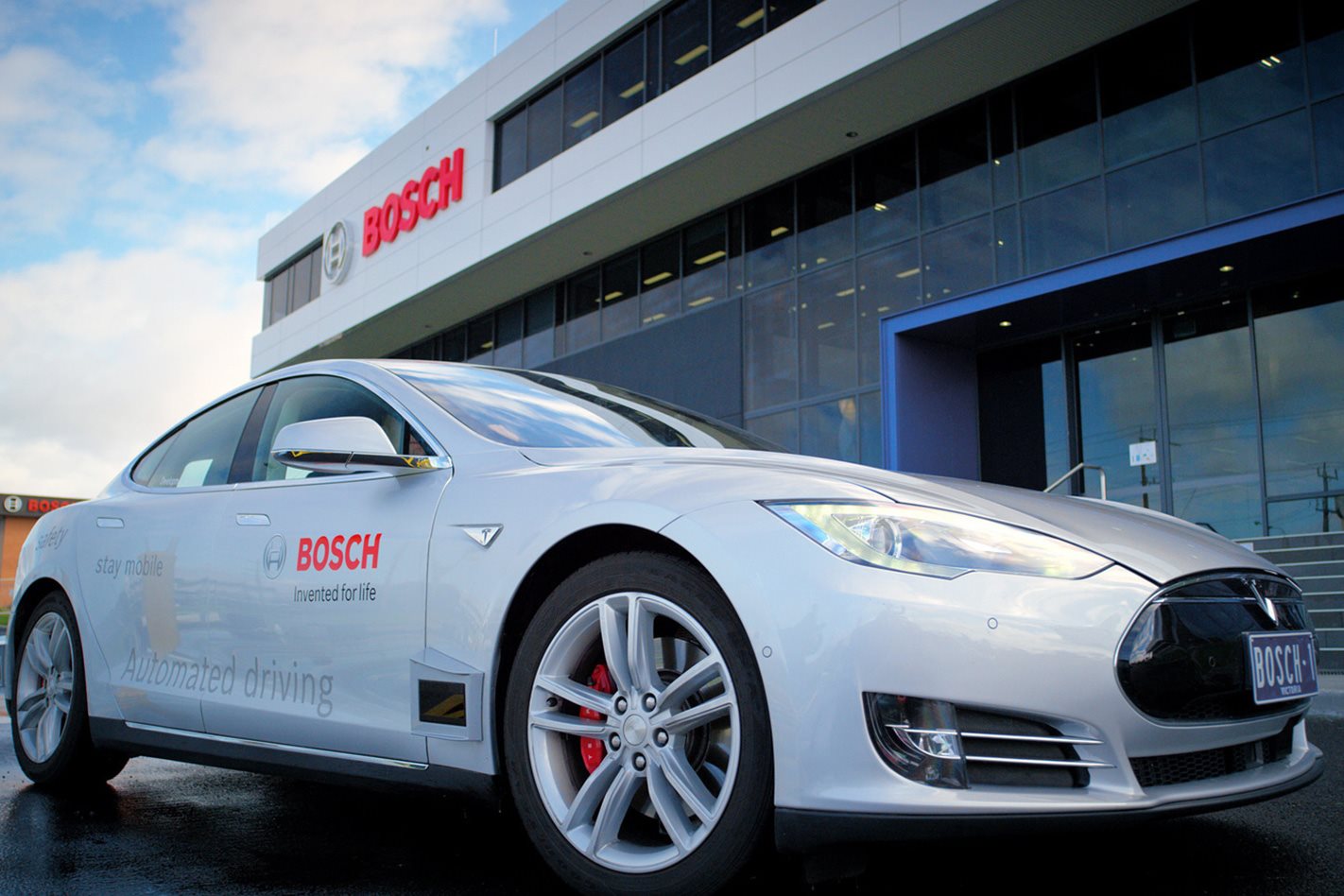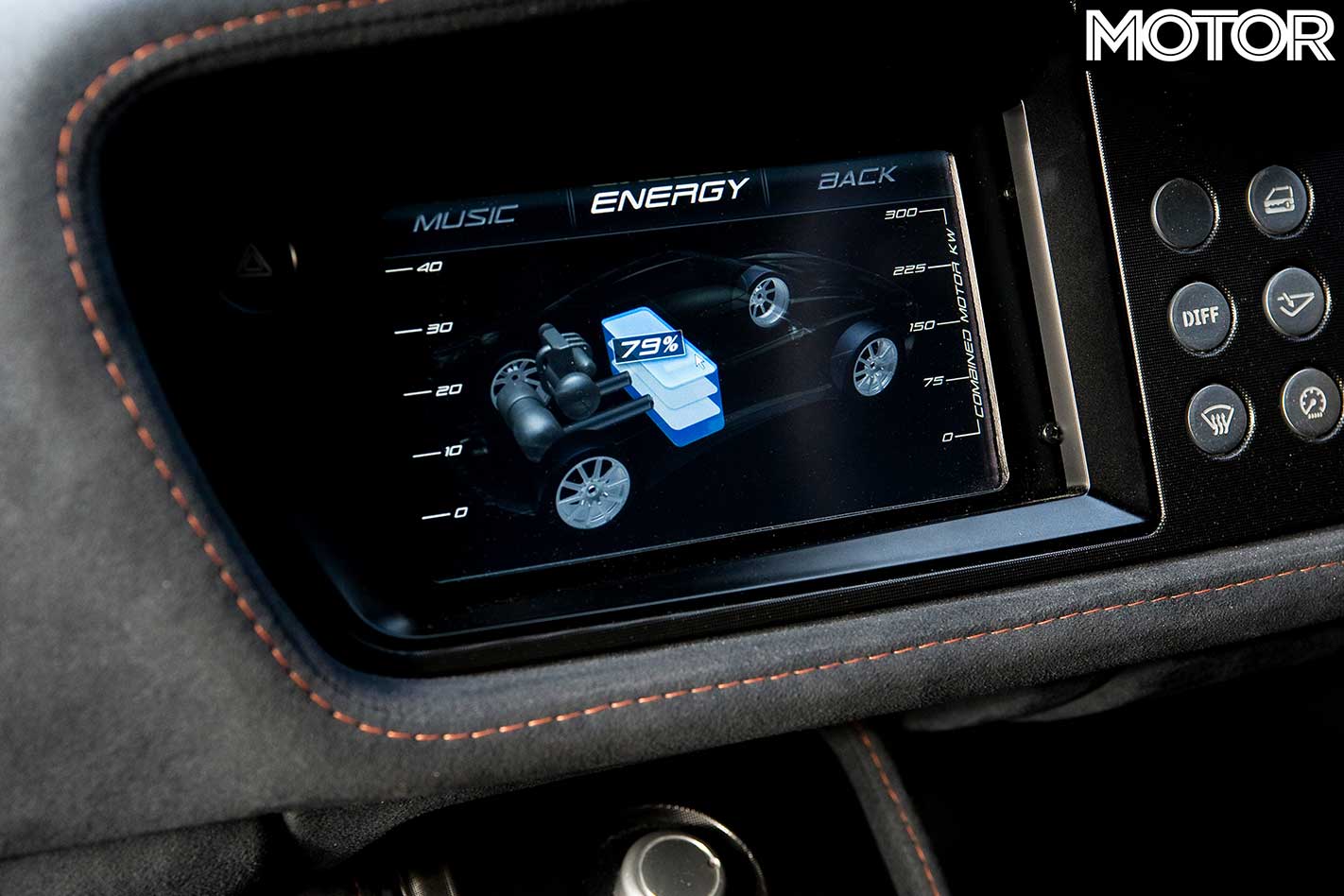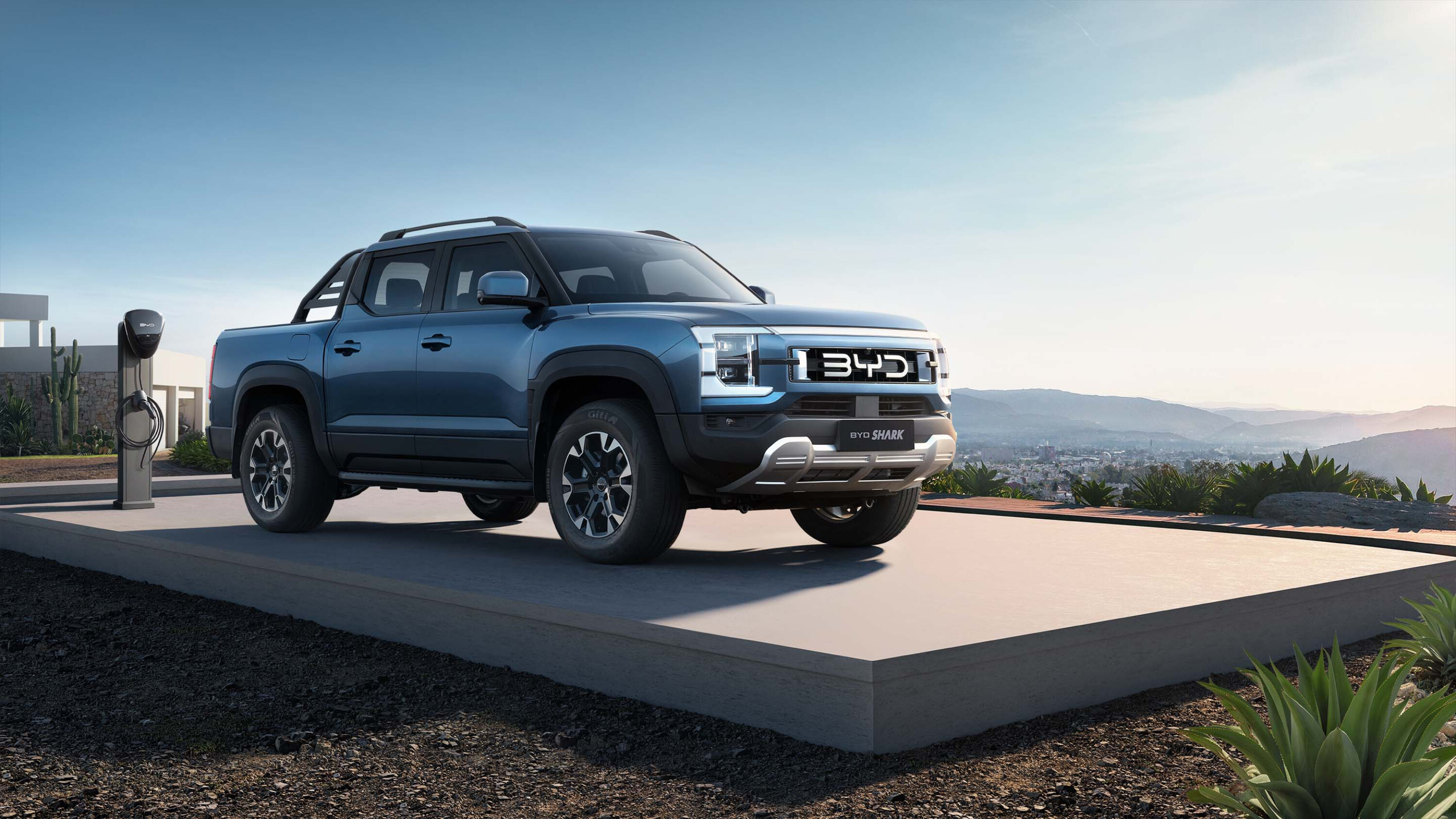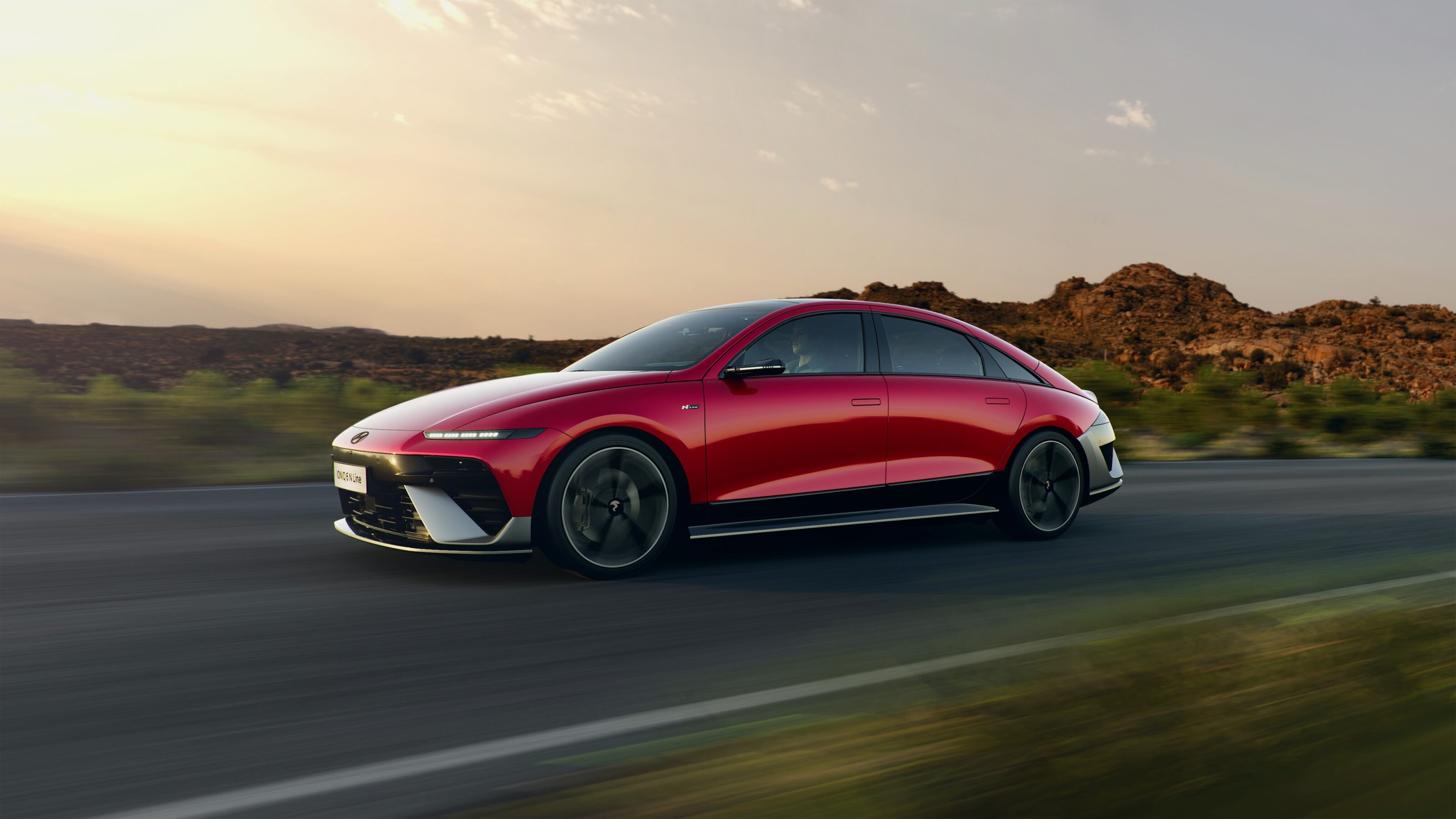MELBOURNE drivers using CityLink’s toll roads will soon share them with a fleet of self-driving vehicles as part of a test of the cutting-edge technology.
Transurban, the company that manages the 22 kilometre road network, has announced trials of highly automated cars – not autonomous, as they will still need a driver behind the wheel at all times – will kick off early next year.
However, the rules spelling out how the cars will mix with traffic during the two-year trial are yet to be set. As part of the trial, the Victorian government will investigate which laws it will need to change to pave the way for a fully autonomous future.
According to Transurban, the trial will help both it and the state government “to better understand how automated vehicle technology works with roadside equipment like overhead lane signals, electronic speed signs and line marking”.
The trial is initially believed to be limited to a single research vehicle developed by automotive electronics group Bosch Australia. Organisers have flagged that over time, more semi-autonomous vehicles could be added.
Bosch’s modified Tesla Model S, worth about $2.4 million, includes six separate radar and laser-based lidar systems, 13 new in-car network controllers, a stereo camera system, two kilometres of extra cabling and a computer server in the boot to help it drive – but always with a human behind the wheel. It collects about a terabyte of data – about the equivalent of 500 movies – a day that researchers will use to help the Tesla better adapt to its environment.
According to VicRoads, the longer term goal of the trial is to support trials of cars “where a driver is not present in the vehicle”.
What needs to change to make the trial work? The current rules state a driver is always needed, and must be in control – interpreted as having a hand on the steering wheel – at all times. The rules also say a car’s engine should be switched off if the driver is moving more than three metres away from it – that rubs out valet parking and leaving a vehicle at the entrance to a shopping centre car park to find its own parking space – and that if the car is involved in a crash, the driver must render assistance and report in person to a police station if anyone is injured and police don’t show up, something a robotic car would struggle to do.
National guidelines defining how a car is built will also need to change. Self-driving cars don’t necessarily need a steering wheel or an instrument panel that includes a speedo if the robot is doing the driving.
South Australia has already tackled part of the problem, changing its road rules last year to allow autonomous vehicles to take to the roads, if they have the state’s permission.
Victoria’s bid to become a centre of autonomous car development comes after Mercedes-Benz revealed earlier this week that it wants to start testing higher levels of driver assist technology in its cars in Australia from March, as part of a global trial to optimise how its systems worked in right-hand-drive markets.
Mercedes-Benz said it initially wants to bring in a single E-Class that will use software and hardware systems developed for the S-Class limousine, but shrunken to the smaller vehicle’s dimensions.
A Mercedes-Benz Australia spokesman told Wheels the Australian trials had “no autonomous element” at this stage.
“The testing next year is a great first step and will allow us to discuss options with all state governments and road authorities,” he said.





